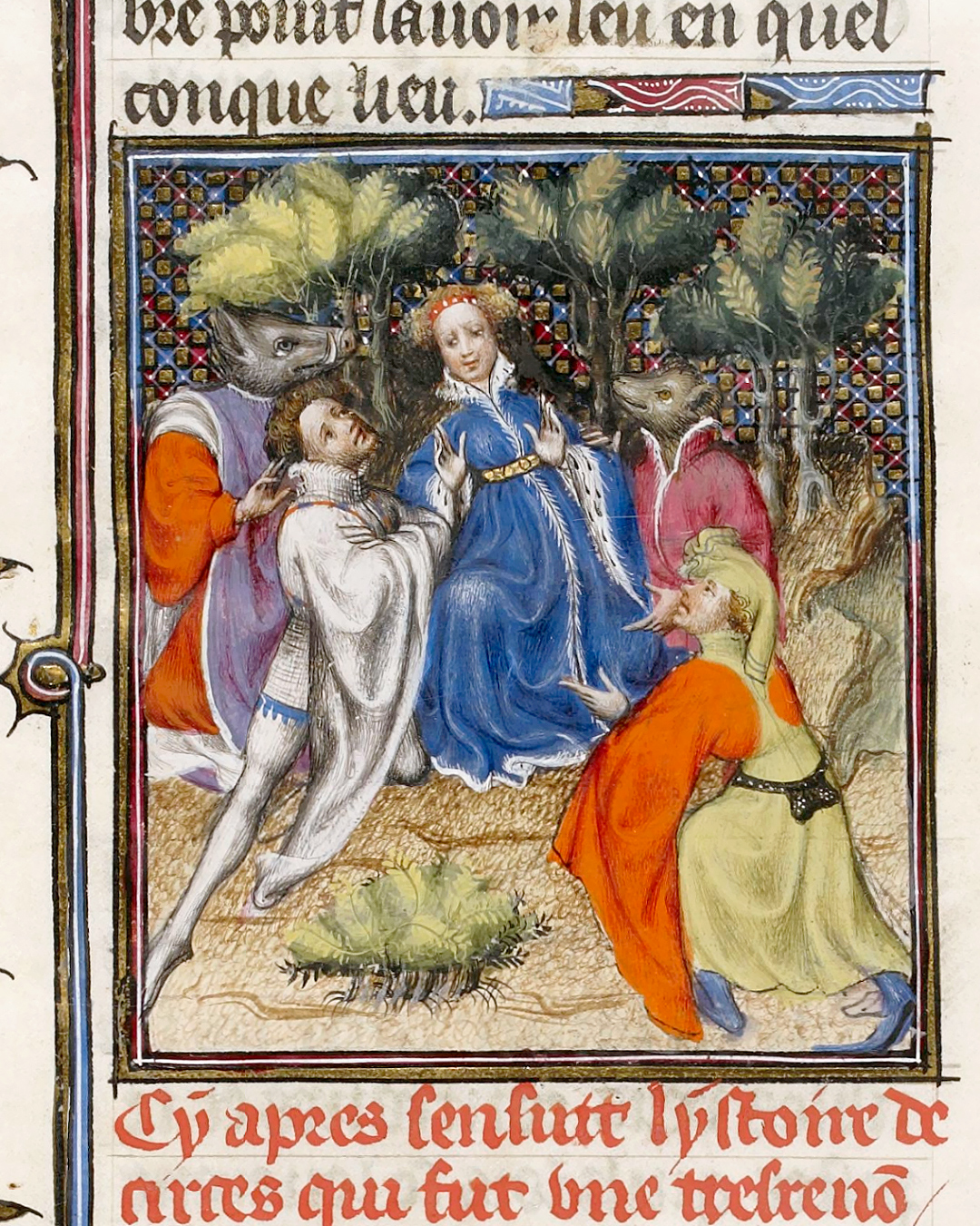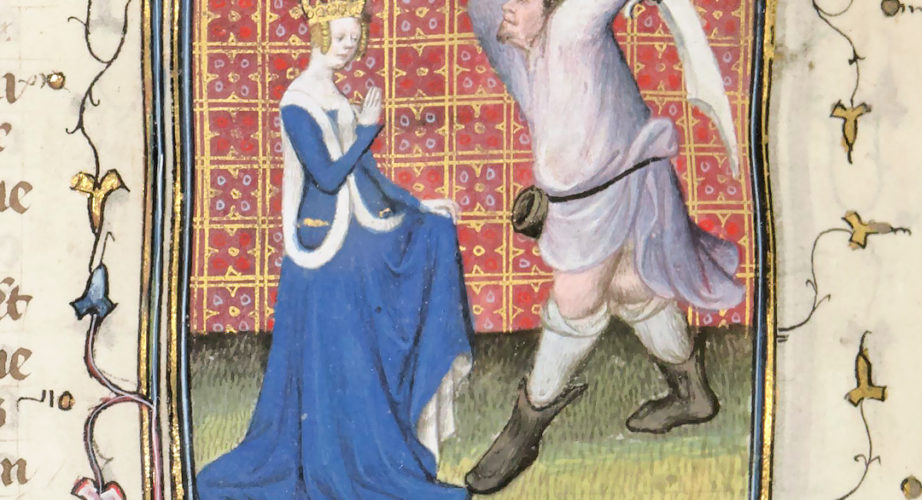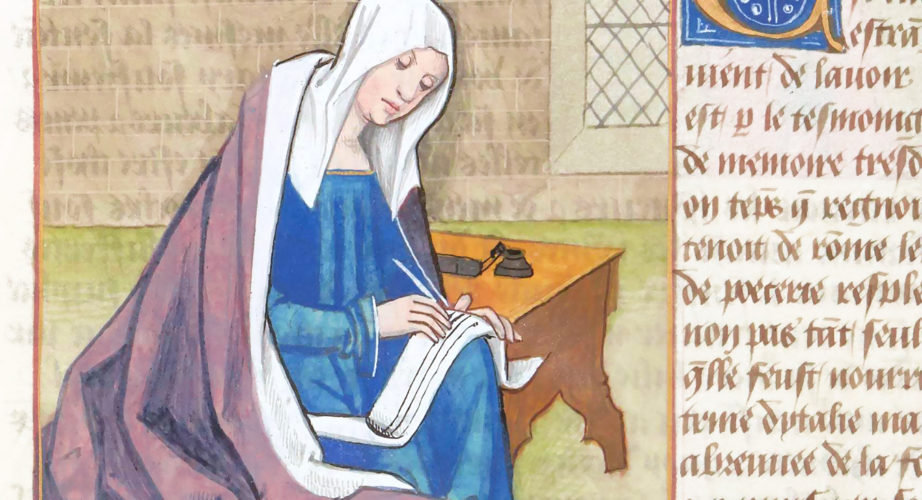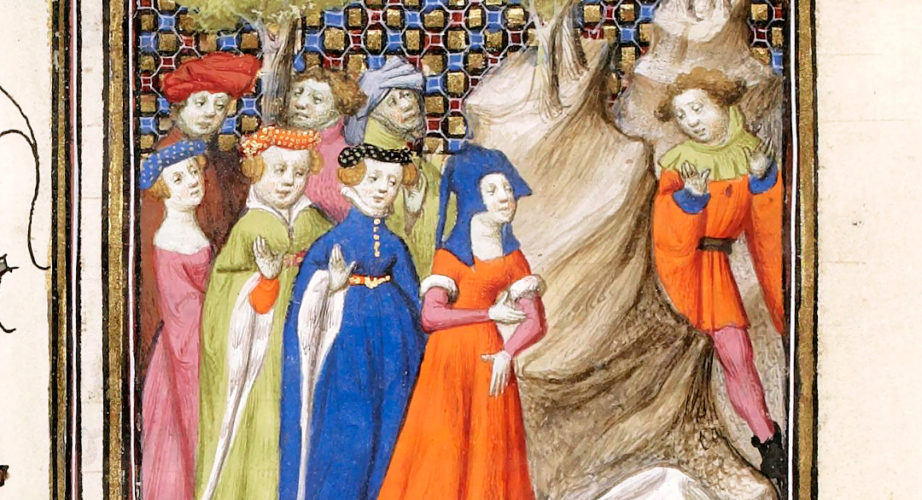Circe

Our Women's Wednesday turns magical! Our protagonist this week is Circe, the famous enchantress who appeared as one of the main female figures in Homer's Odyssey.
Daughter of Helios, god of the Sun, and the nymph Perse, Circe ruled on the island of Aeaea from her rich palace, which was guarded by tamed beasts such as lions and wolves. As the story goes, Odysseus reached the island on his way back to Ithaca: when the sorceress offered his crew a lavish banquet, Odysseus' men gladly accepted and, in turn, were transformed into swine. Odysseus, however, was warned by Hermes and given by him a rare plant that could counteract Circe's magical potions. Thanks to the god's help, the king of Ithaca managed not to turn into a pig: Circe was so greatly surprised that she offered him to lay with her. Odysseus was thus able to free his men and the whole crew ended up spending an entire year on the island before continuing their journey.
Despite Circe not behaving like a proper temptress in the account given by Homer, her character was later often interpreted as such starting from Ovid's Metamorphoses. Boccaccio himself states that Circe's spell may be a metaphor for the dangers of lust, with men succumbing to it and thus turning into beasts; this interpretation proved to be very popular during the Renaissance and also over time, with Circe herself appearing even in James Joyce's Ulysses as both the name of the local brothel and as the inspiration behind the character of Bella Cohen, the mistress whose role in the fantasies of the book's protagonist is to treat him like an animal. On the contrary, female-written literature has often been more sympathetic towards Circe, making the enchantress stand up for herself. In Augusta Webster's interpretation (dated 1870), for example, Circe denies turning men into pigs: as she states, in fact, her spells simply take away the disguise that makes them look human, thus revealing their true, vicious nature.
“Circe”, illumination from the manuscript “Livre des femmes nobles et renommées”, ms. Français 598, f. 54v, 1403, Bibliothèque nationale de France, Département des Manuscrits, Paris.
Historically and mythologically speaking, being in a powerful position (and perhaps also a…
The time has finally come for the very first Women’s Wednesday of 2021!…
Welcome back to another Women’s Wednesday! Our weekly Mulier Clara, much like Sappho…


